Description
As an important part of the photovoltaic power station, the photovoltaic bracket carries the main power generation of the photovoltaic power station. The choice of photovoltaic bracket directly affects the operational safety, damage rate and construction investment of photovoltaic modules. Choosing the appropriate photovoltaic bracket can not only reduce project costs, but also reduce later maintenance costs.
1. Classification by structural type
According to the structure type, galvanized photovoltaic bracket can be divided into three types: single-column galvanized photovoltaic bracket, double-column galvanized photovoltaic bracket and frame-type galvanized photovoltaic bracket.
1.1 Single-column galvanized photovoltaic bracket: The single-column galvanized photovoltaic bracket is also called an “L”-shaped bracket, which fixes the photovoltaic module with a vertical column perpendicular to the ground. This type of bracket is suitable for smaller photovoltaic power station systems. Its simple structure and easy installation make it a common bracket type.
WHB&R Single-column galvanized photovoltaic bracket Features:
◆Convenient installation: simple structure, easy operation, low installation technical requirements and high installation efficiency;
◆High strength: Using large cross-section profiles or alloy steel, it has higher strength and stronger resistance to wind and snow pressure;
◆Strong compatibility: can be used in different arrangements and any combination;
◆Long life, more environmentally friendly: hot-dip galvanized surface, strong corrosion resistance, no pollution, recyclable, no material waste;
◆Wide range of application: It is suitable for plains, rivers and swamps, and has no requirements for soil quality. It can realize the complementation of agriculture and light, the complementation of fishery and light, achieve power generation, double harvest of agriculture and fishery, and efficiently utilize arable land.
1.2 Double-column galvanized photovoltaic bracket: The double-column galvanized photovoltaic bracket is also called a “T”-shaped bracket, which consists of two columns perpendicular to the ground and a horizontal bar. The double-column bracket is suitable for larger photovoltaic power station systems. Its structure is more stable and can withstand greater wind force and weight.
WHB&R Double-column galvanized photovoltaic bracket Features:
◆Strong compatibility: It can be used in different arrangements of components (two rows of vertical installation, multiple rows of horizontal installation) to achieve any replacement;
◆Humanized design: “zero welding” of all parts, all parts are connected with fasteners, easy and quick to install;
◆Low cost: All parts are of standard size, and assembly line operations can be used for large-scale production to reduce costs;
◆Wide range of application: can be used in mountains, plains, and hills, without damaging vegetation and protecting the environment;
◆Basic requirements: Suitable for spiral piles, cement embedded piles, etc.
1.3 Frame-type galvanized photovoltaic bracket: A frame-type ZAM photovoltaic bracket is a frame structure composed of multiple support rods and cross bars. It can be flexibly adjusted according to the size and quantity of photovoltaic modules and is suitable for photovoltaic power station systems of various sizes.
2. Classification by material
2.1 Zinc-aluminum-magnesium ZAM photovoltaic bracket: Zinc-aluminum-magnesium bracket is one of the most common photovoltaic brackets. It is made of C-shaped steel, U-shaped steel, square tube and other metal materials. The advantages are high strength, corrosion resistance, long life, reusability, and good wind and earthquake resistance. It is suitable for photovoltaic systems under various environmental conditions.
2.2 Aluminum alloy photovoltaic bracket: Aluminum alloy bracket is a relatively lightweight bracket material, weighing only about one-third of the steel structure bracket, but its strength and toughness are low. The aluminum alloy bracket has good corrosion resistance and is not easy to rust. It is suitable for photovoltaic systems in humid environments such as seaside.
2.3 Hot-dip galvanized photovoltaic bracket: The surface of hot-dip galvanized photovoltaic bracket is hot-dip galvanized to improve corrosion resistance. The bracket is typically made from steel or aluminum and can be designed and customized for different terrains and installation needs. Its advantages are improved corrosion resistance, long service life, high strength and good stability; its disadvantage is that the cost is relatively high.
3. Classification by installation method
According to the installation method, ZAM photovoltaic bracket can be divided into fixed brackets and tracking brackets.
3.1 Fixed bracket: The fixed bracket is a bracket that cannot adjust the angle and direction. It is usually used in areas where the solar altitude angle is relatively stable. It has low cost and simple operation, but the energy output efficiency is relatively low. According to the setting method of the inclination angle, fixed brackets can be divided into: fixed brackets with optimal inclination angle, fixed brackets for inclined roofs, and fixed brackets with adjustable inclination angle.
3.1.1 Optimum inclination fixed bracket: Choose an optimal inclination angle during installation so that the photovoltaic modules can absorb the most sunlight. Generally speaking, this tilt angle is the local latitude plus about 10 to 36 degrees. Mainly suitable for flat roofs and floors.
3.1.2 Sloping roof fixed bracket: It is designed for photovoltaic systems installed on sloped roofs. If the slope angle is the same as or close to the roof, better appearance and ventilation effects can be obtained. Usually used on tile roofs and light steel roofs.
3.1.3 Inclination-adjustable fixed bracket: It can be adjusted according to the lighting conditions and energy requirements under different circumstances, and the inclination angle can be changed by manual operation or electric device. This type of bracket is typically used where there is a need to adapt to changing light conditions (such as seasonal changes) or where different energy needs need to be met. This type is commonly used on flat roofs and floors.
3.2 Tracking bracket: The tracking bracket can automatically adjust the angle and direction of the photovoltaic modules according to the position of the sun, thereby maximizing energy generation efficiency. The advantage of this kind of bracket is high output efficiency, but because it requires motor control and adjustment, the cost is relatively high. Tracking photovoltaic brackets are usually used on the ground and can be subdivided into: flat single-axis tracking brackets, oblique single-axis tracking brackets, and dual-axis tracking brackets.
3.2.1 Flat single-axis tracking bracket: It can only rotate around one axis in the horizontal direction, so that the front of the photovoltaic module always maintains an incident angle perpendicular to the sun’s rays. Since there is only one axis, the structure is relatively simple, the operation is stable and reliable, and it is suitable for most areas.
3.2.2 Oblique single-axis tracking bracket: On the basis of the horizontal axis, it can also rotate around the vertical axis, so that the front of the photovoltaic module always maintains the same inclination angle as the ground, but it can still ensure maximum reception of solar rays. Due to the need for additional support structures, the cost is relatively high and it is suitable for areas with special terrain or climate conditions.
3.2.3 Dual-axis tracking bracket: It can rotate along both horizontal and vertical axes at the same time to achieve maximum tracking of the sun’s rays. Due to its higher accuracy and stability, it is suitable for areas with harsh climate conditions or extremely high requirements for photovoltaic system output power.
In short, as an indispensable part of the photovoltaic power station, photovoltaic brackets directly affect the operation safety and construction investment cost of photovoltaic modules. In practical applications, factors such as local climate, soil conditions, building load-bearing, etc. need to be taken into consideration, as well as branding. A good brand of photovoltaic brackets can directly reduce project costs and reduce later maintenance costs. Therefore, when choosing photovoltaic brackets, you must consider all aspects.

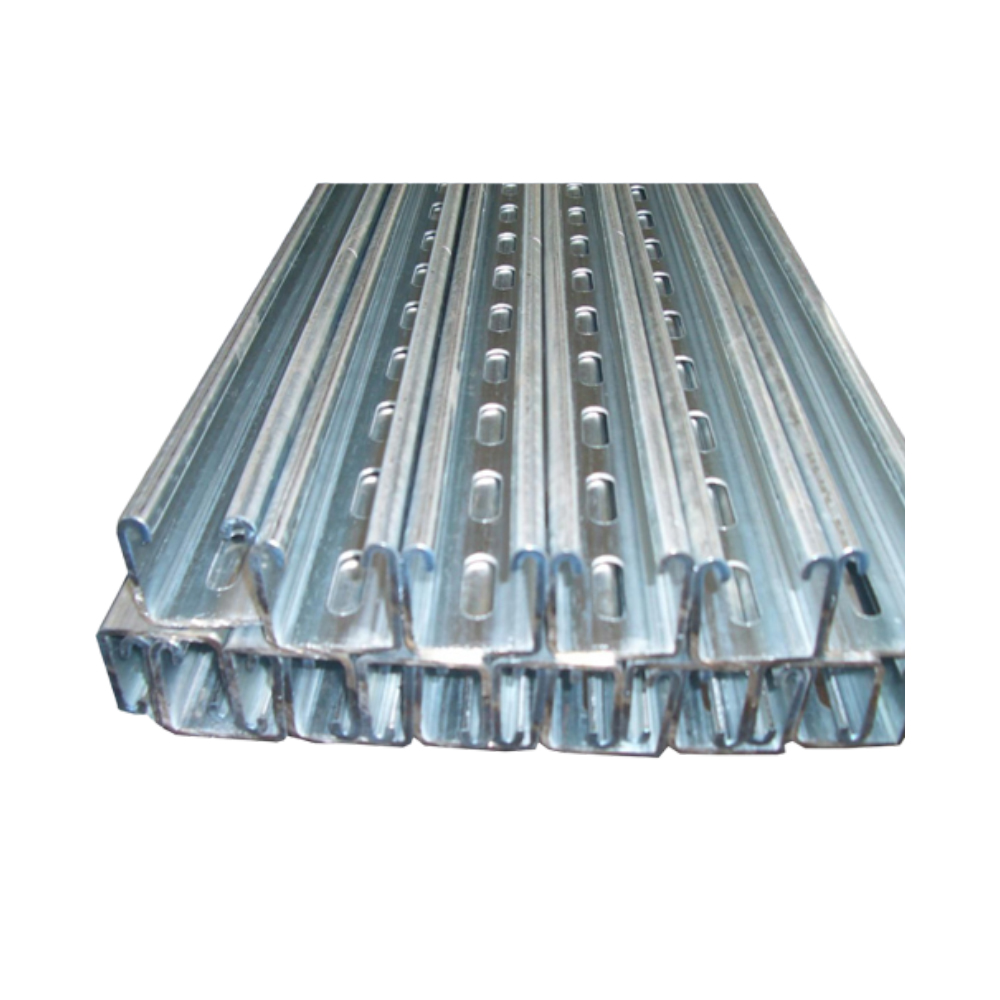
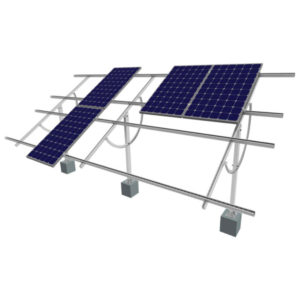
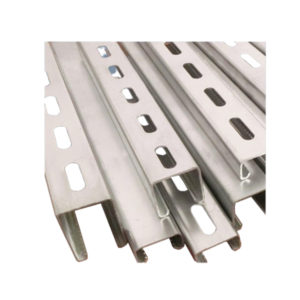
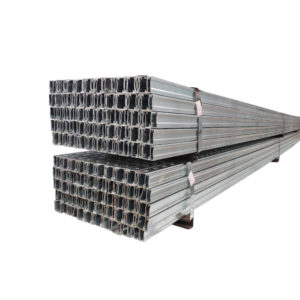
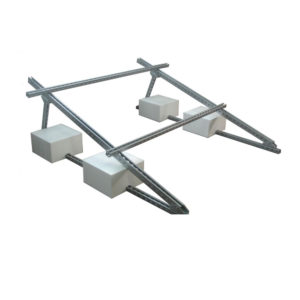
Reviews
There are no reviews yet.